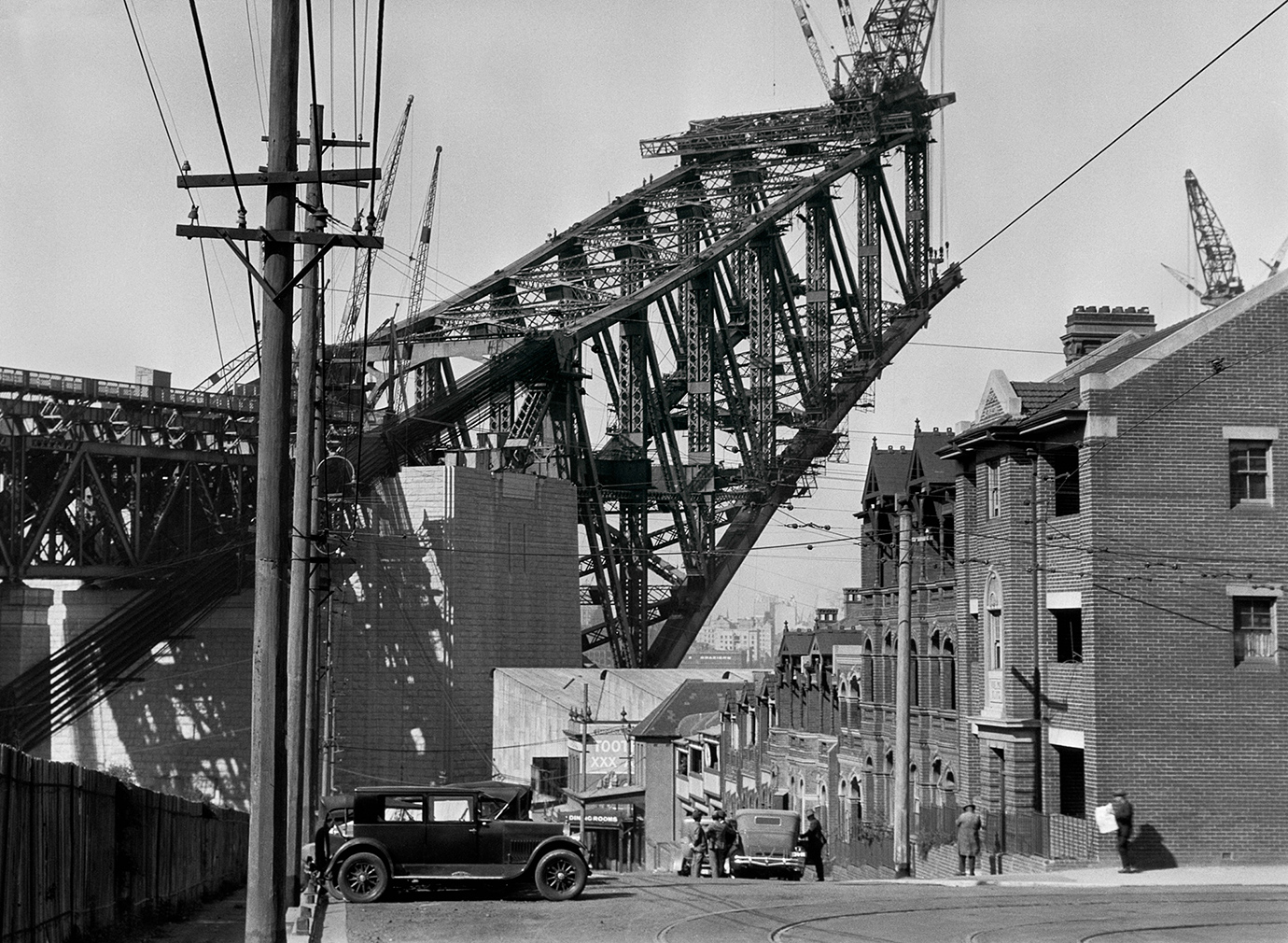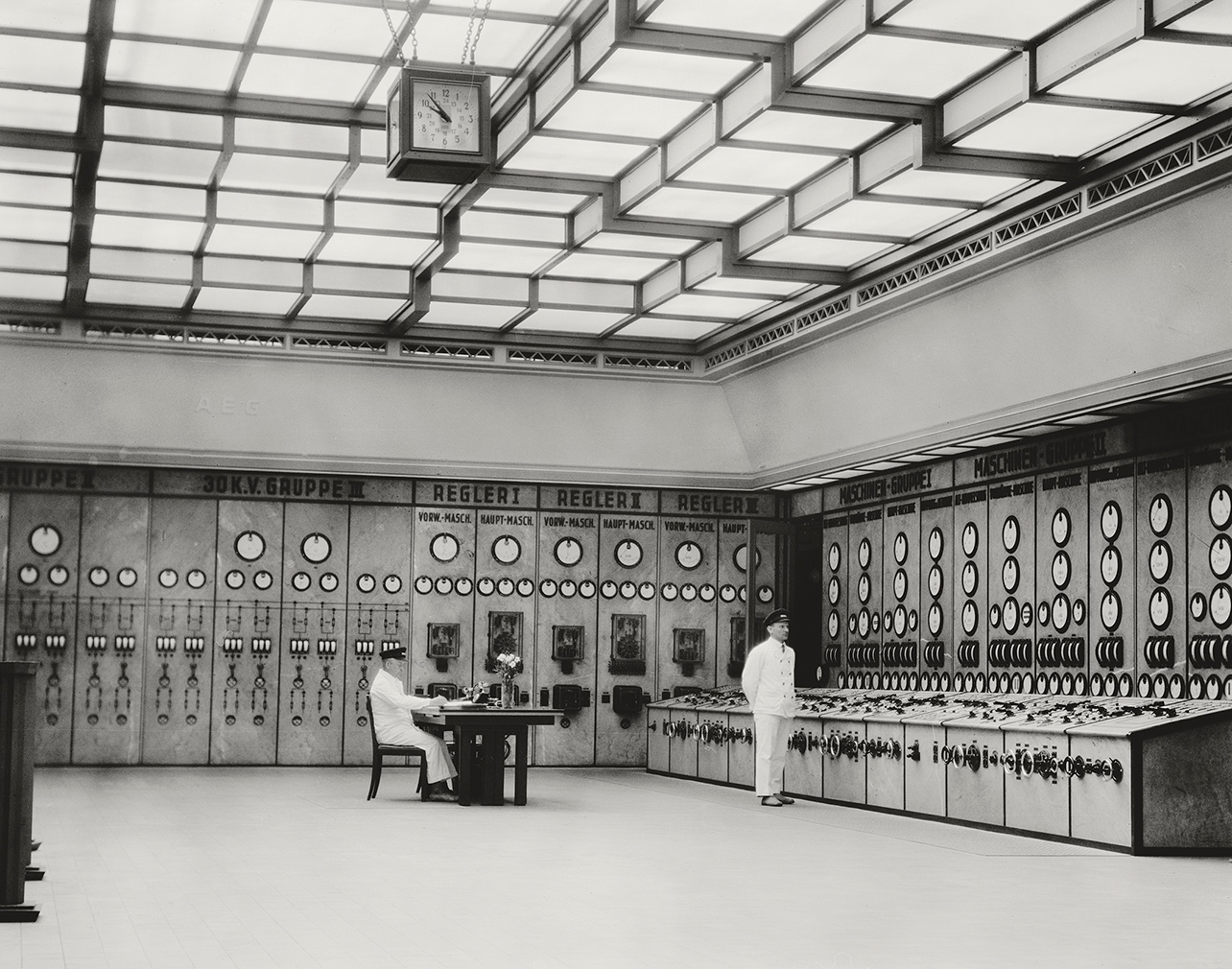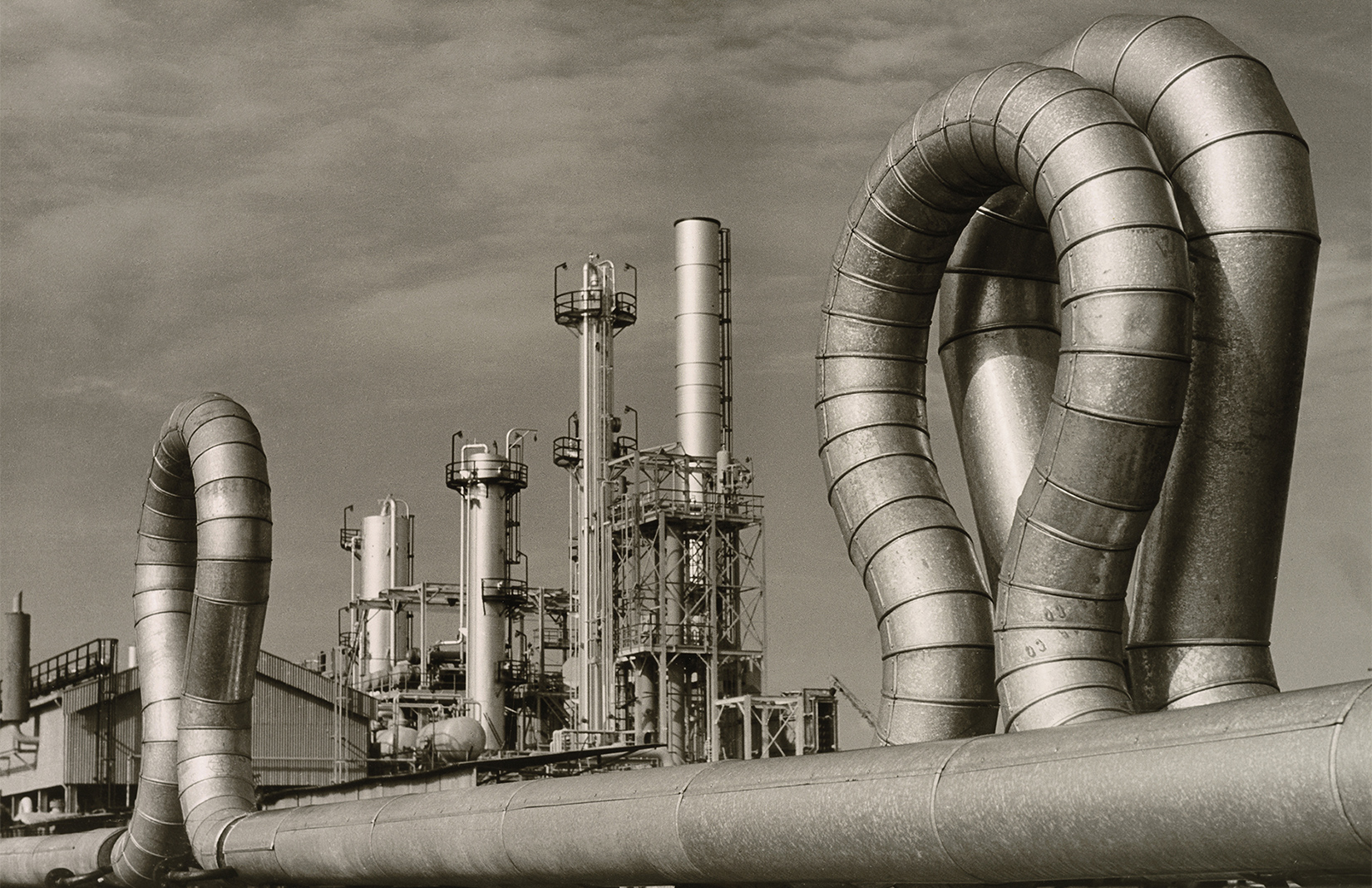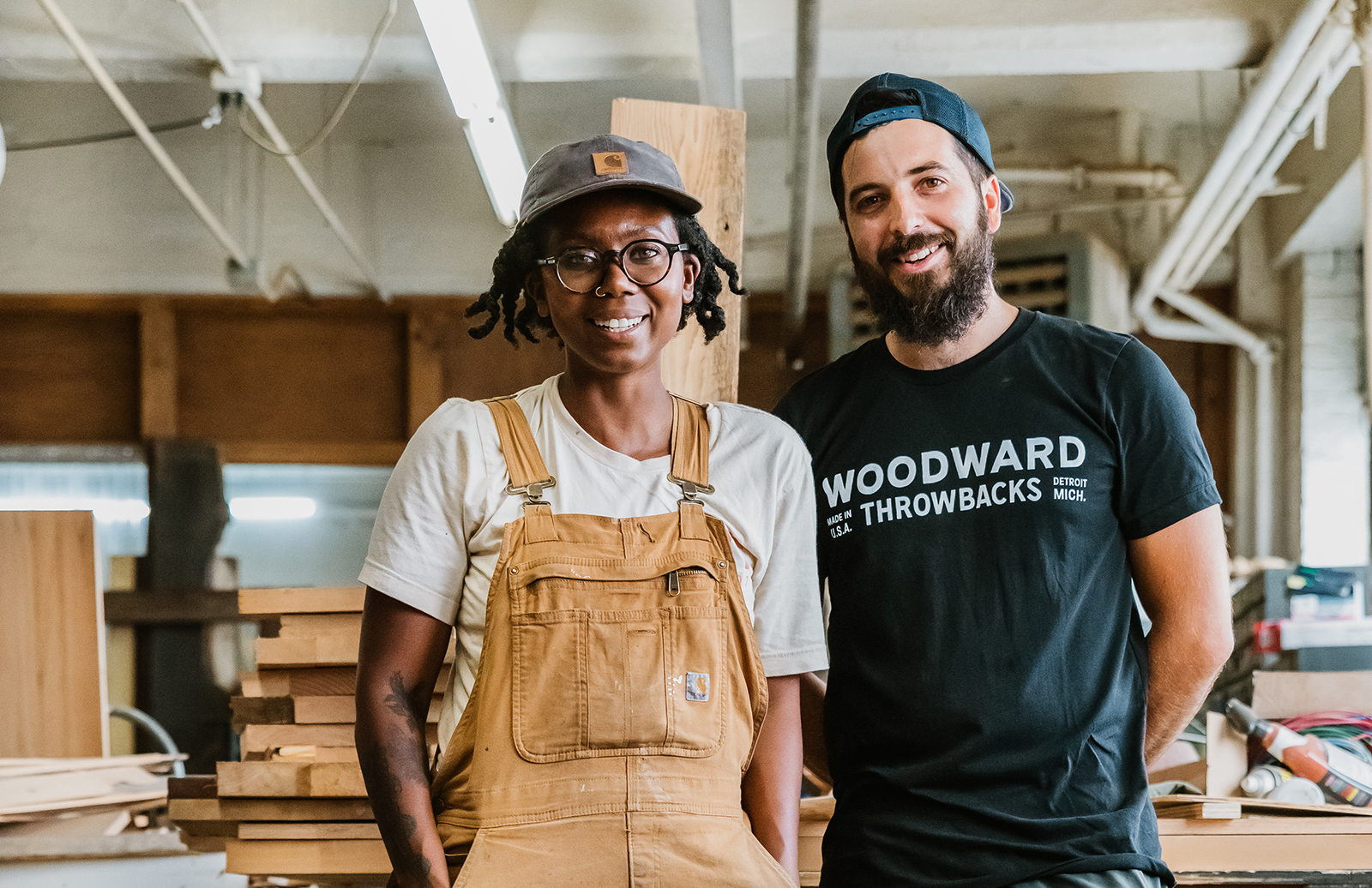
EO Hoppé, ‘Construction of the dirigible LZ 127 “Graf Zeppelin”, Zeppelin Works, Friedrichshafen’, Germany, 1928. © 2017 Curatorial Assistance Inc, EO Hoppé Estate Collection

EO Hoppé, ‘Ford Factory, Detroit, Michigan’, USA, 1926. © 2017 Curatorial Assistance, Inc., EO Hoppé Estate Collection

EO Hoppé, ‘Bridge and Carriage, Philadelphia’, USA, 1926. © 2017 Curatorial Assistance, Inc., EO Hoppé Estate Collection

EO Hoppé, ‘Rotary Kilns Under Construction in the Boiler Shop, Vickers-Armstrongs Steel Foundry, Tyneside’, England, 1928 © 2017 Curatorial Assistance, Inc., EO Hoppé Estate Collection

E O Hoppé, ‘Fulham Gasworks, London’, England, 1929. © 2017 Curatorial Assistance, Inc., EO Hoppé Estate Collection

Bernd and Hilla Becher, ‘Water Tower, Zeche Wolfsbank, Essen-Borbeck, Ruhrgebiet, D’, 1965 © Estate Bernd & Hilla Becher, 2017

August Sander, ‘Hohenzollern Bridge, Cologne’, 1927 © Rheinisches Bildarchiv Cologne, 2017

Albert Renger-Patzsch, ‘Kauper’, 1928 © Albert Renger-Patzsch Archive / Ann and Jürgen Wilde / VG Bild-Kunst, Bonn, 2017

Ruth Hallensleben, ‘Mining Nordstern, Gelsenkirchen-Horst’, 1952-1954 © Ruth Hallensleben / Photo archive Ruhrmuseum, 2017

Horst Lang, ‘Power station RWE, Essen-Karnap on the B224’. © Ursel Lang, 2017

Unknown photographer, ‘Centrifugal pump under construction 1900’. Courtesy The Photography Collection / SK Foundation Culture, Cologne / Rheinisch-Westfälisches Wirtschaftsachiv in Cologne
Power plants and steel mills star in a duo of photography shows in Cologne exploring 20th-century industrial architecture.
Die Photographische Sammlung/SK Stiftung Kultur’s interconnected exhibitions delve into the work of a highly influential – but today, largely forgotten – Germany photographer E O Hoppé, who laid the groundwork for a new generation of industrial photographers to come.

Hoppé was born in Munich in 1878 and moved to London in 1902, setting up a portrait studio in 1907 and becoming Britain’s most famous portrait artist – his name as well known as his subjects. From the mid-1920s he complemented his stylised studio work with dramatic industrial images taken on his extensive travels around the UK, Germany, Australia and the United States.
Perhaps inspired by the New Objectivity movement, which gained momentum in response to the emotive style of Expressionism, popularised before WWI, Hoppé depicted the thrumming energy and progress of industry and its architecture.

In Unveiling a Secret, we see the eerie minimalism of the control room at Klingenberg power station, the steaming spires of the Ford factory in Detroit, and the pits and steel mills in the Ruhr district. In hindsight, we also glimpse the inexorable march towards war.
Industry as a Motif picks up the historical thread with Bernd and Hilla Becher’s water towers from the 1960s, Albert Renger-Patzsch’s matter-of-fact depictions of momentous structures in the 1920s and Joachim Brohm’s vision of the Ruhr in 1990.

In their time, these images served to show how industry has advanced mankind; today they also show how the impact of these sky-scaling and colossal structures has lessened over the century, from being extraordinary to normal – and even humdrum.
The march of progress has not slowed, but today these images resonate less as demonstrations of man’s mastery over the planet and more as a warning of what is to come.
‘E O Hoppé: Unveiling a Secret’ and ‘Industry as a Motif’ run until 30 July at Die Photographische Sammlung/SK Stiftung Kultur, Cologne

















